The Fascinating Narwhal, Arctic Whales With No Teeth But One Giant Tusk
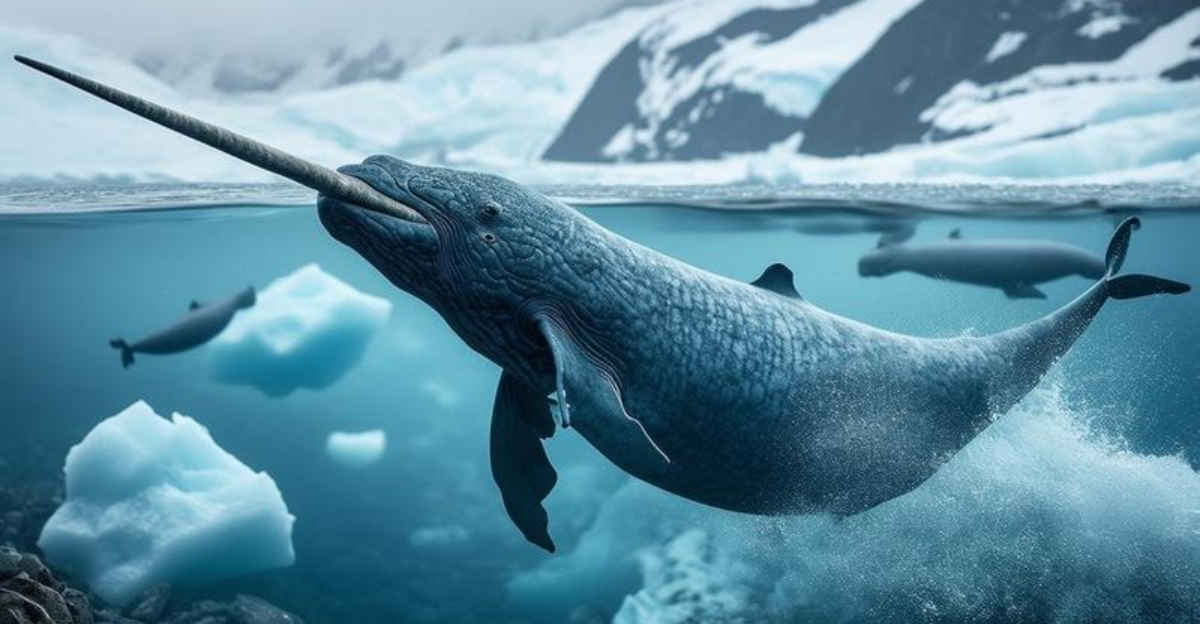
Narwhals are mysterious creatures that swim beneath the Arctic ice, sporting a single spiral tusk that juts from their heads like a unicorn horn. These medium-sized whales belong to the same family as belugas, but have captured human imagination for centuries with their unique appearance.
Despite their fame, narwhals remain one of the least understood marine mammals, living in remote, icy waters that few humans ever visit.
The Tusk Mystery Solved
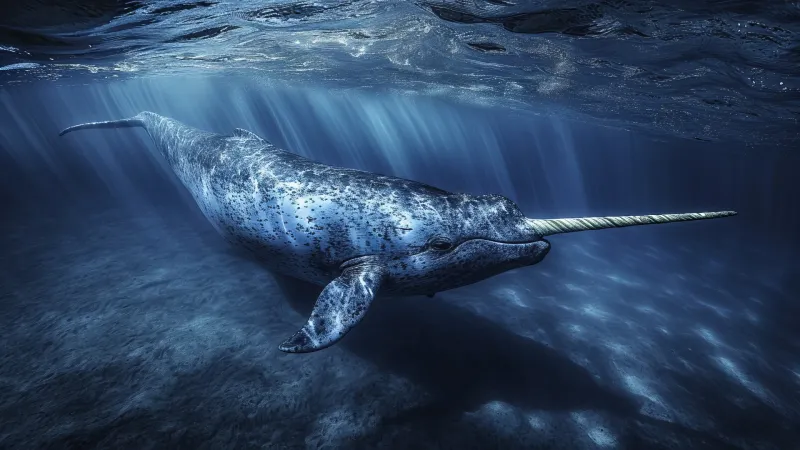
That iconic spiraling tusk isn’t actually a tusk at all – it’s an elongated tooth! Male narwhals develop this modified left canine tooth that grows right through their upper lip and can reach lengths of up to 10 feet.
Scientists have discovered the tusk contains millions of nerve endings, making it an incredibly sensitive sensory organ. Narwhals use it to detect changes in water temperature, pressure, and possibly even to find food.
Some males develop two tusks, though this is rare. Females occasionally grow tusks too, but most remain tuskless throughout their lives, proving this unusual feature isn’t essential for survival.
Masters Of The Deep Dive
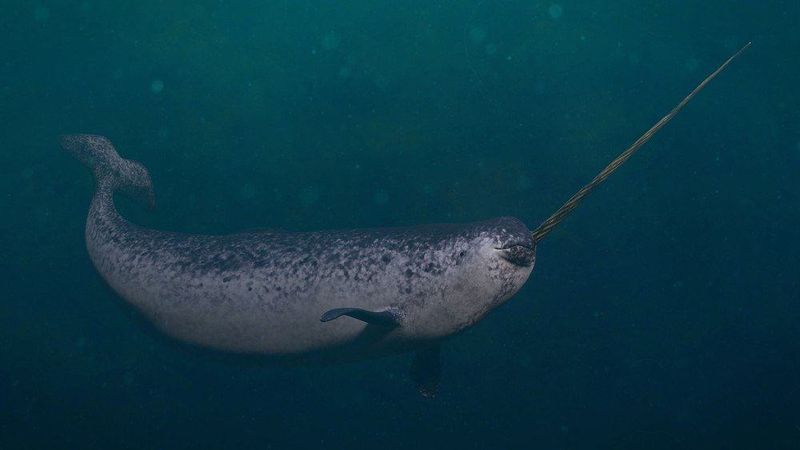
Narwhals are exceptional divers, plunging to astonishing depths of up to 5,000 feet below the ocean surface. Their remarkable diving ability outperforms nearly all other marine mammals, including many whale species.
During these deep-sea expeditions, narwhals can hold their breath for an impressive 25 minutes. Their bodies have special adaptations that allow them to withstand the crushing pressure of the deep ocean.
Researchers tracking their movements discovered narwhals make these extreme dives multiple times daily, hunting for Greenland halibut and other deep-water prey that other predators simply cannot reach.
Living In The Harshest Waters
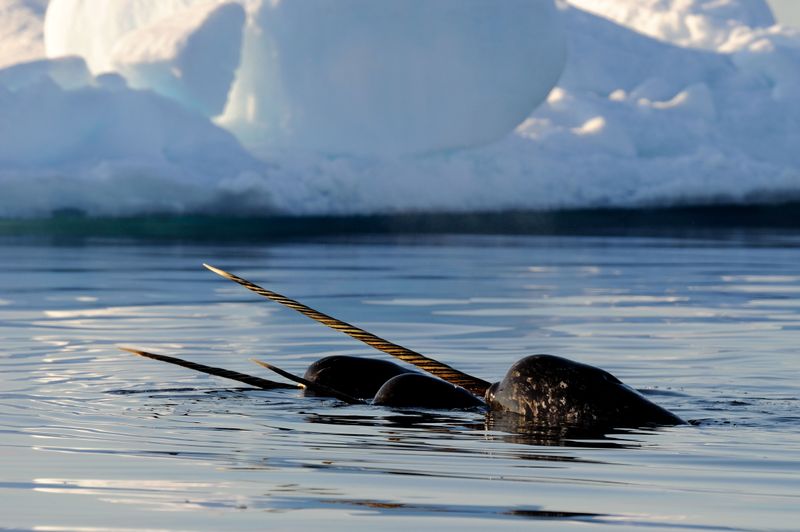
Narwhals thrive in the planet’s most extreme marine environment – the Arctic’s ice-covered seas. Unlike most whales that migrate to warmer waters seasonally, narwhals spend their entire lives in freezing Arctic and sub-Arctic waters around Greenland, Canada, and Russia.
Their bodies have adapted with a thick blubber layer that makes up nearly half their body weight. This blubber serves as insulation against the frigid water and provides energy reserves during winter months when food becomes scarce.
Most fascinating is their ability to navigate under solid ice sheets, finding breathing holes with remarkable precision even in complete darkness.
Social Creatures With Complex Communication
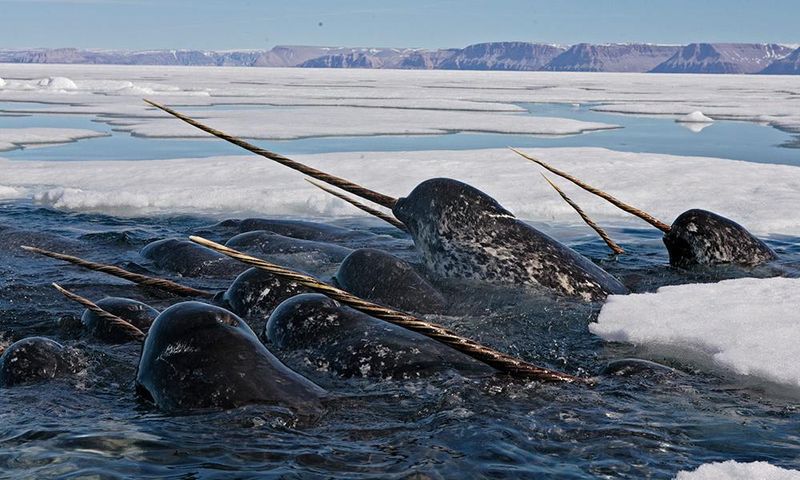
Narwhals are highly social animals that travel in pods ranging from a few individuals to hundreds or even thousands during migration. These tight-knit communities provide protection and social bonds that last throughout their 50-year lifespan.
Their communication system includes clicks, whistles, and knocks that echo through Arctic waters. Scientists believe they use these sounds for navigation, finding breathing holes, and coordinating group movements under ice sheets.
Recent research suggests narwhals may also communicate through physical contact, using their tusks for social interactions like gentle touching between males – possibly establishing dominance hierarchies without violent confrontation.
Bizarre Eating Habits Without Teeth
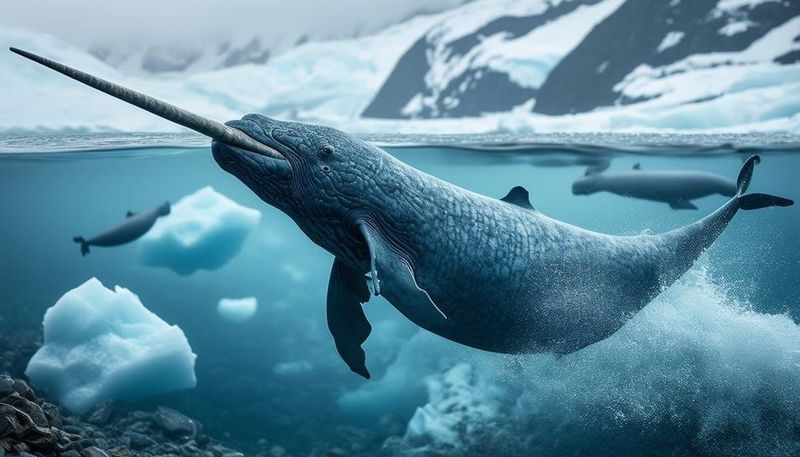
Despite lacking functional teeth for chewing, narwhals have developed a unique feeding strategy. They create powerful suction with their mouths to vacuum up prey like squid, shrimp, and fish from the ocean floor or water column.
Their diet changes seasonally, focusing on Greenland halibut in winter and cod during summer months. A single narwhal might consume up to 2.2 pounds of food daily to maintain its energy needs in the frigid Arctic.
Most surprisingly, researchers have observed narwhals stunning fish by slapping them with their tusks before sucking them up whole – an unexpected hunting technique that makes up for their toothless condition.
The Unicorn Connection
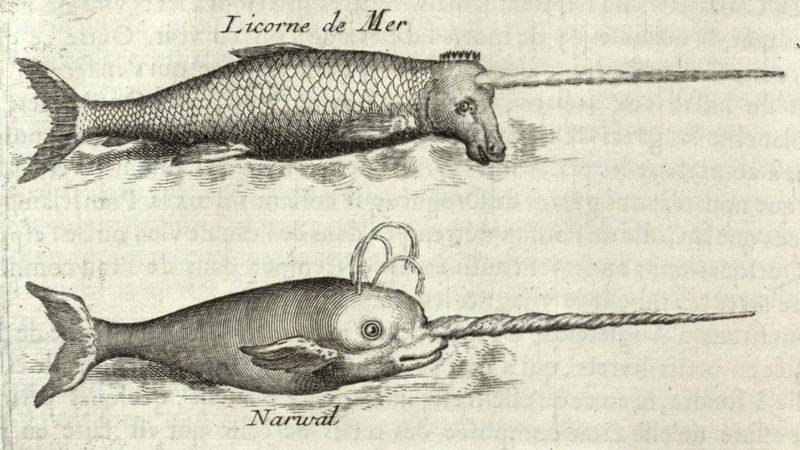
Medieval Europeans believed narwhal tusks were actually unicorn horns with magical powers. These “alicorns” became some of the most valuable items in the world, worth ten times their weight in gold!
Royalty prized these spiraling tusks, believing they could detect poison when dipped into food or drink. Queen Elizabeth I reportedly paid £10,000 – equivalent to the cost of a castle – for a narwhal tusk displayed as a unicorn horn in her collection.
The scientific name Monodon monoceros literally means “one-tooth one-horn,” reflecting how deeply the unicorn myth became intertwined with this real marine mammal’s identity throughout history.
Mysterious Tusk Purpose Theories
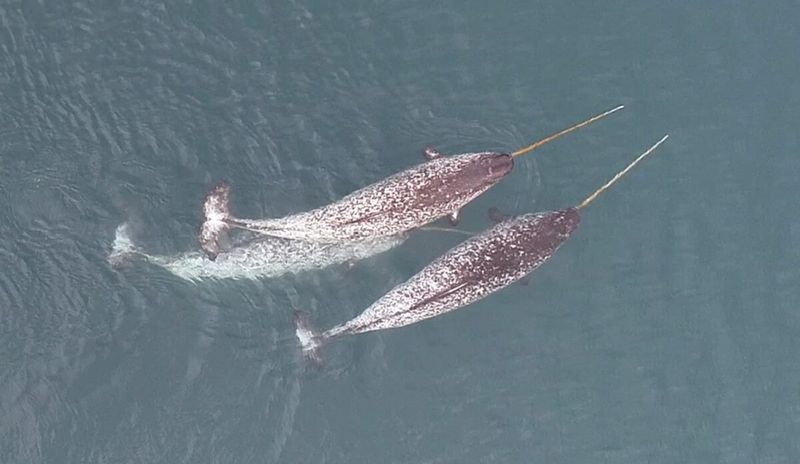
Scientists have proposed numerous theories about why narwhals evolved their extraordinary tusks. One compelling idea suggests males use them during mating season to impress females and battle rival males – like deer antlers but in the marine world.
Another theory proposes the tusk helps narwhals break through ice to create breathing holes. However, females and tuskless males survive without this ability, making this explanation questionable.
The most recent research indicates tusks might serve as environmental sensors, detecting water salinity, temperature, and prey location. Some scientists even believe narwhals might rub their sensitive tusks against each other to share environmental information!
Climate Change Threats
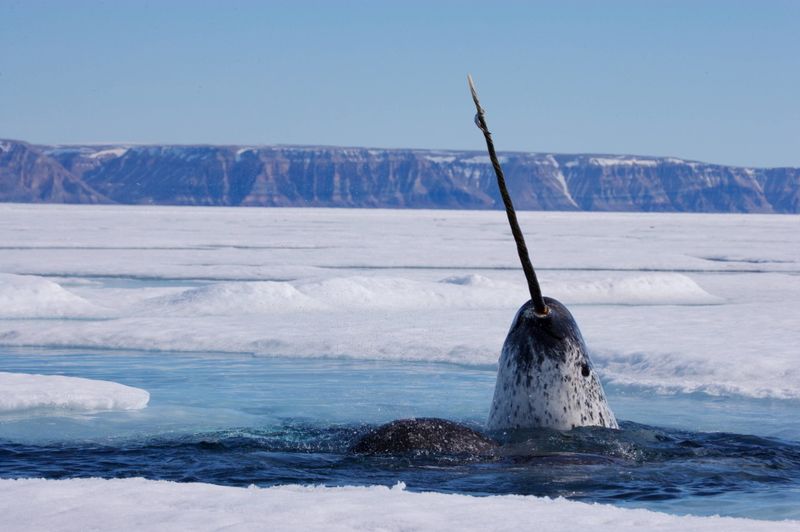
Narwhals face serious challenges as Arctic ice rapidly disappears due to global warming. These creatures evolved to live in predictable ice patterns, using the same migration routes and feeding grounds for thousands of years.
Melting sea ice disrupts their traditional hunting areas and exposes them to new predators like killer whales that previously couldn’t access ice-covered narwhal habitats. Increased shipping through newly ice-free Arctic passages brings noise pollution that interferes with their sensitive echolocation.
Scientists have discovered narwhals have incredibly low genetic diversity, making them especially vulnerable to environmental changes. This limited genetic toolkit means they may struggle to adapt quickly enough to survive our warming planet.
Cultural Significance To Inuit Communities
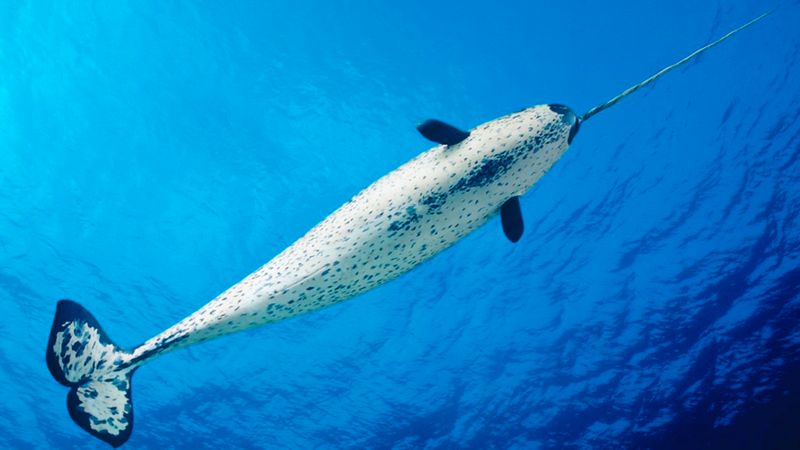
Narwhals have sustained Inuit communities across the Arctic for thousands of years. Traditional hunters value every part of these animals – the skin (muktuk) provides essential vitamin C, preventing scurvy in a landscape where fresh fruits and vegetables are scarce.
Beyond nutrition, narwhal tusks serve as valuable trade items and artistic materials. Inuit carvers transform these tusks into intricate sculptures that tell stories of their cultural heritage and relationship with the Arctic environment.
Modern Inuit communities balance traditional subsistence hunting with conservation efforts, working with scientists to monitor narwhal populations and ensure sustainable practices that preserve both their cultural traditions and this iconic Arctic species.






